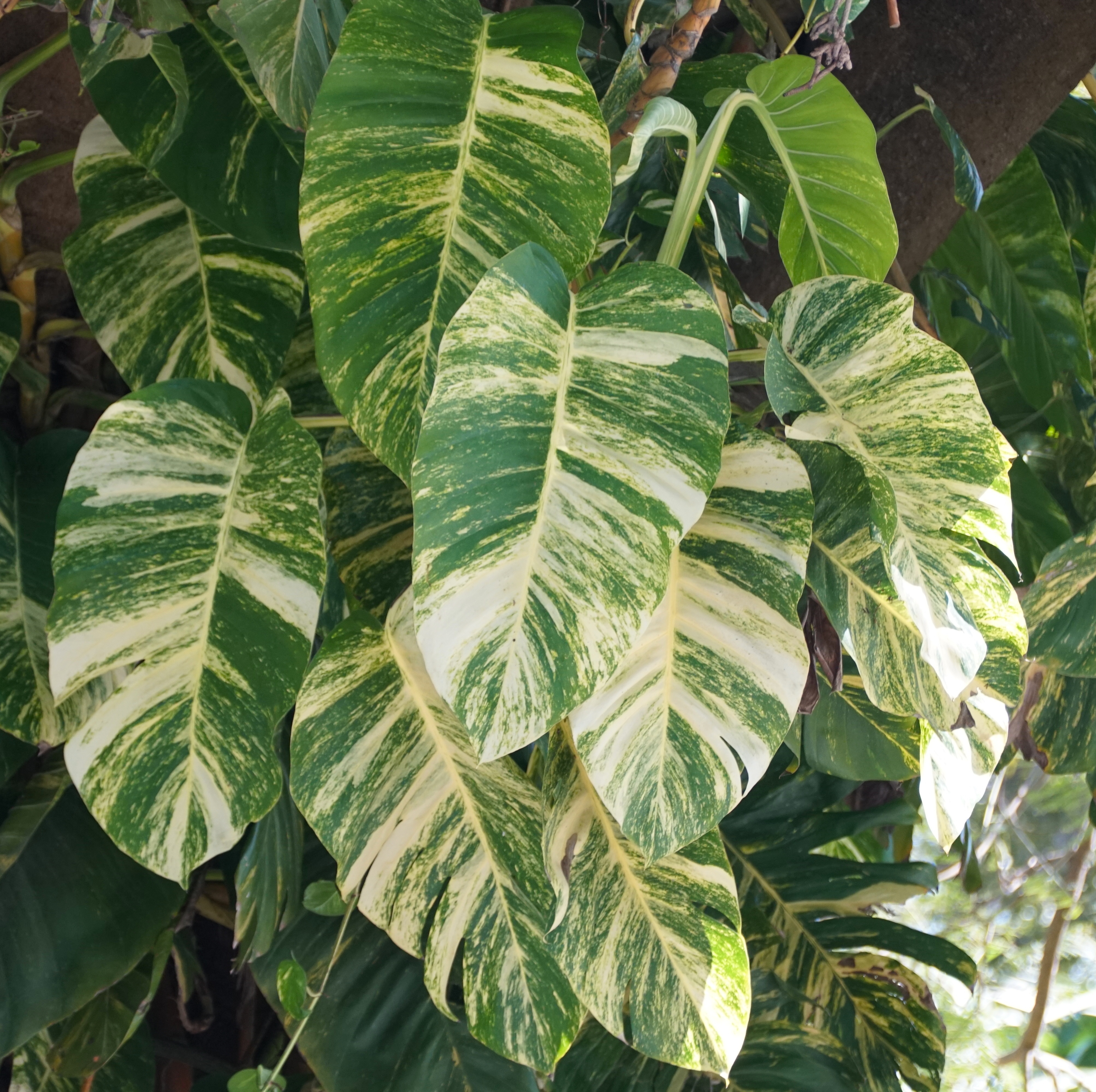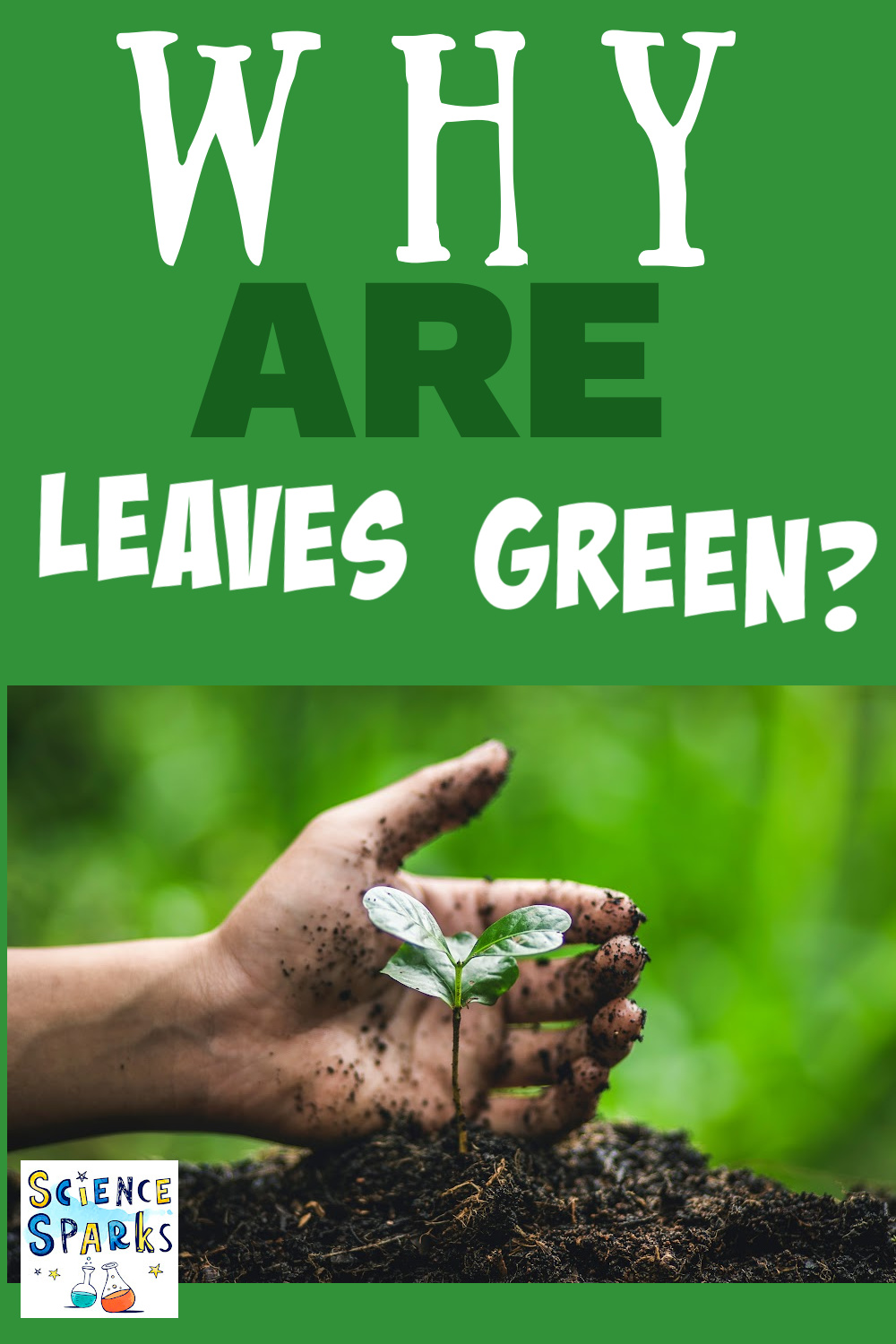If you take a look outside, you’ll probably see lots of green. Green grass, green leaves covering trees and green plants, but why are leaves green?
Most plant leaves are green as they contain a pigment called chlorophyll, which is green.

Chlorophyll is needed for plants to absorb sunlight which they need to make glucose through a process called photosynthesis.
Photosynthesis takes place in the chloroplasts of a plant cell, which contain green chlorophyll. Chloroplasts are a bit like tiny solar panels, making energy from the sun’s light.

Definition of chlorophyll
Chlorophyll is the pigment in certain types of cells where photosynthesis occurs.
What are variegated leaves?
Variegated leaves are leaves with more than one colour. The leaves below have white areas which don’t contain any chlorophyll.

More about plants and chlorophyll
Some types of algae called Chlorophyta also contain chlorophyll.
Find out why poinsettia plants have red leaves!
Learn about plant cells with a plant cell model.

Find out why leaves change colour in autumn.

More science questions for kids
Last Updated on October 9, 2024 by Emma Vanstone


